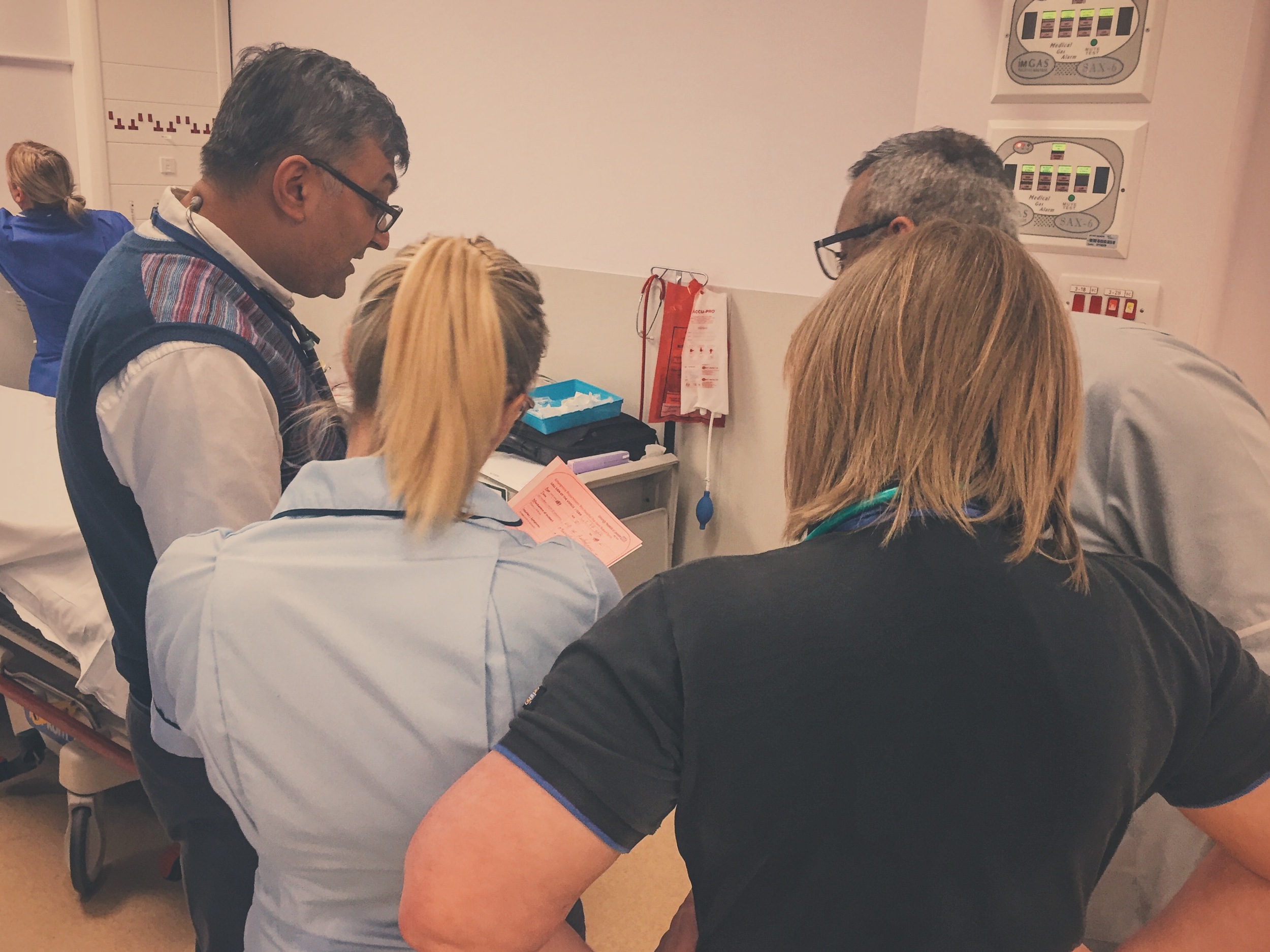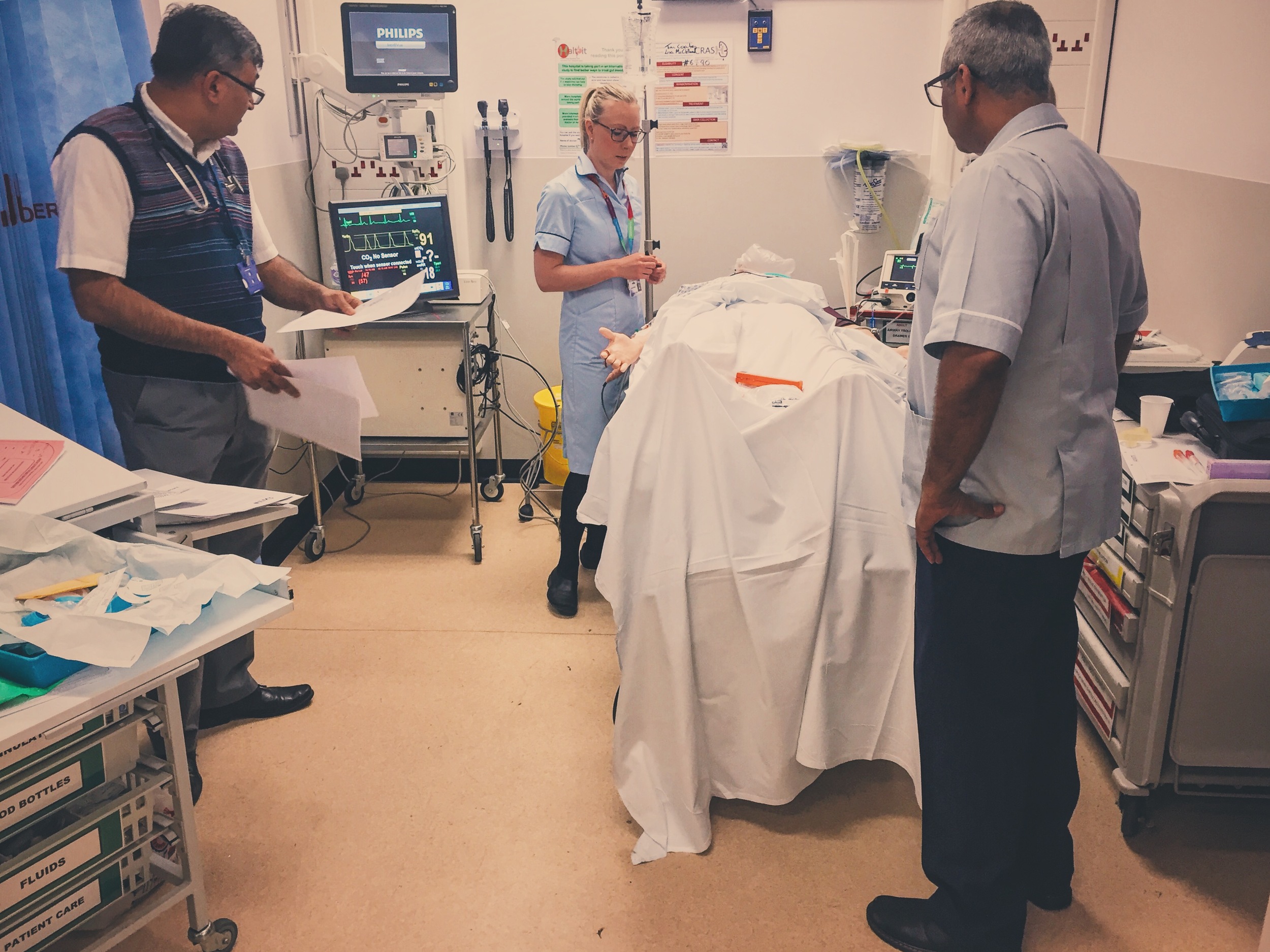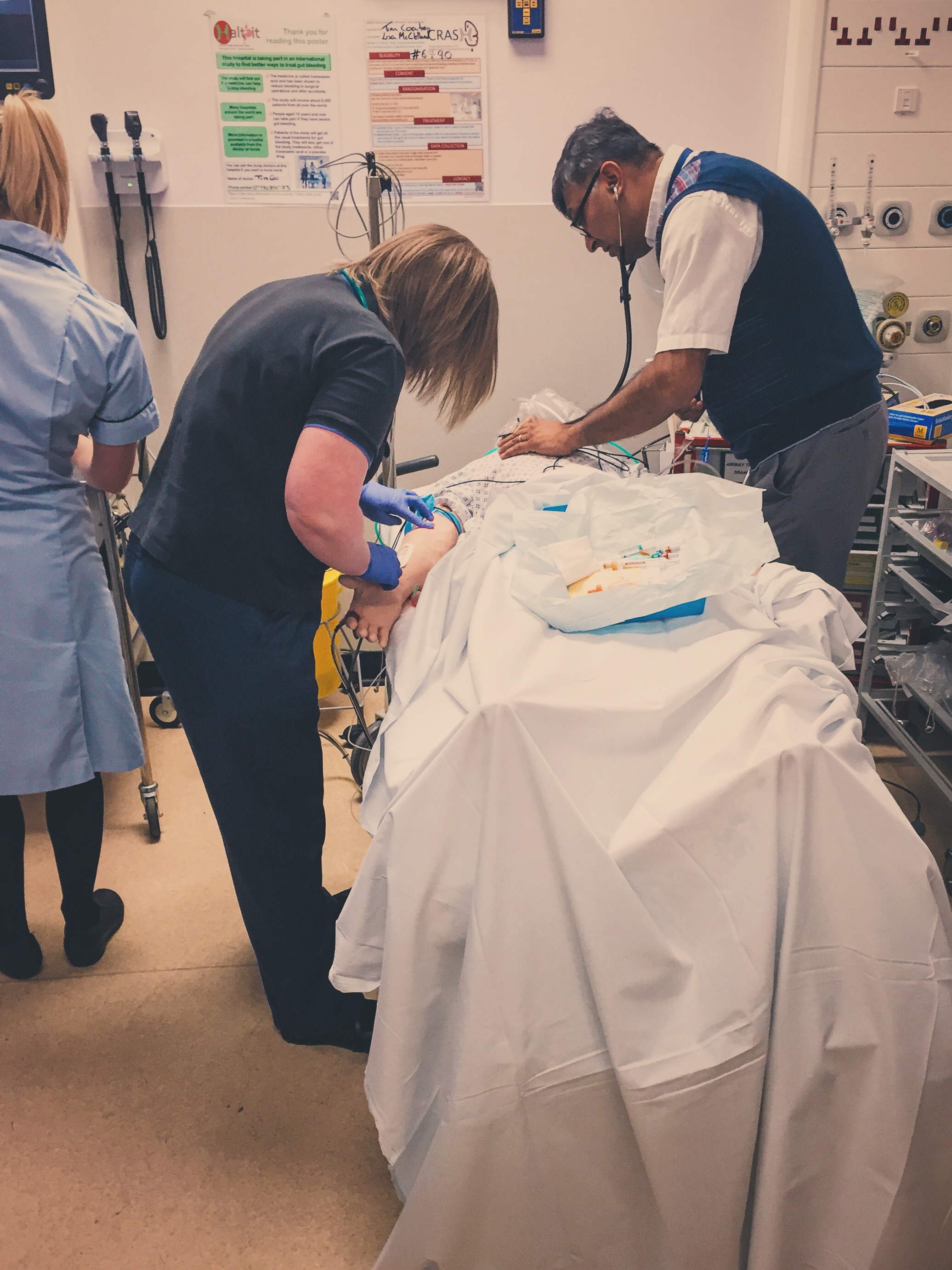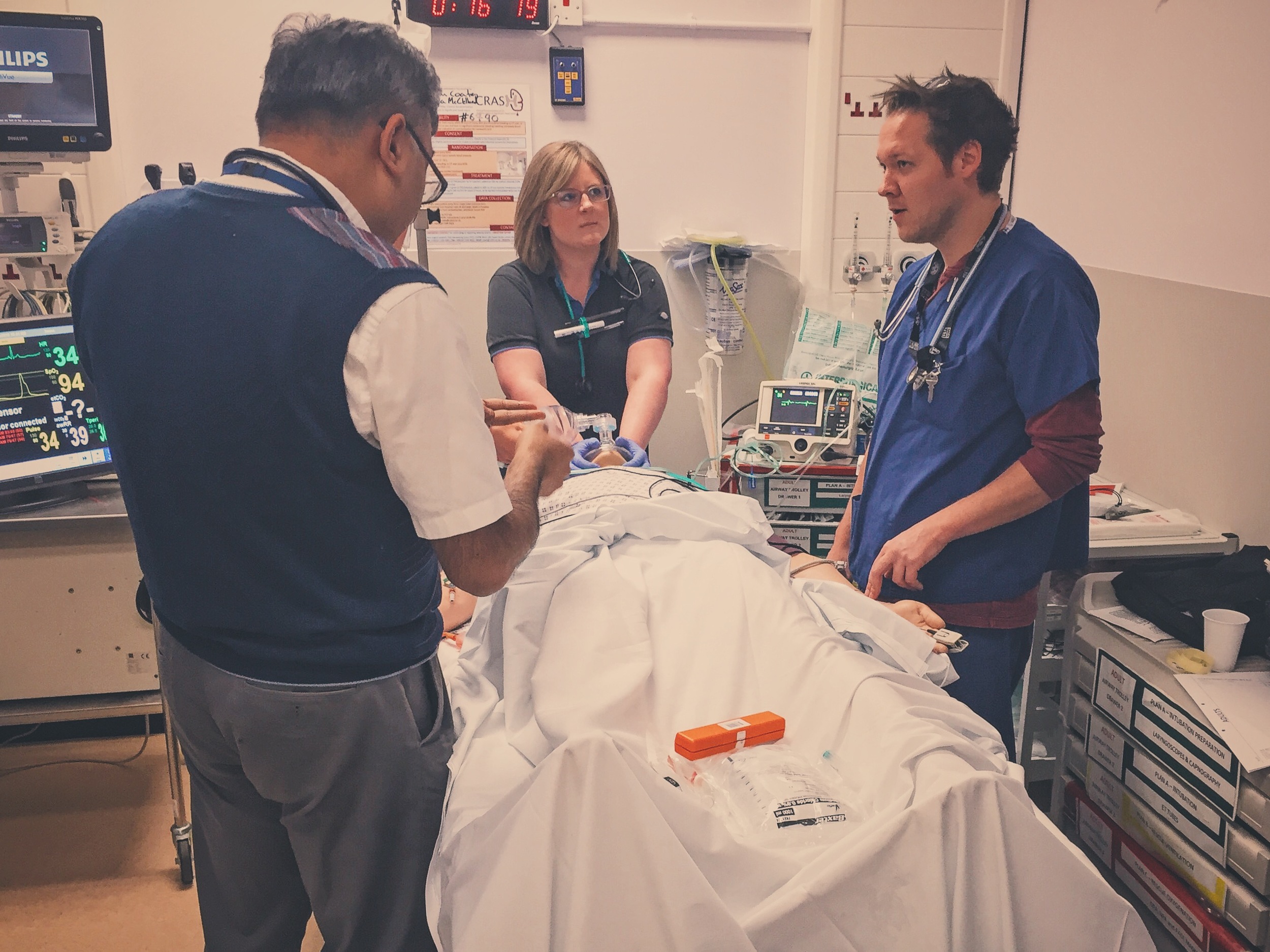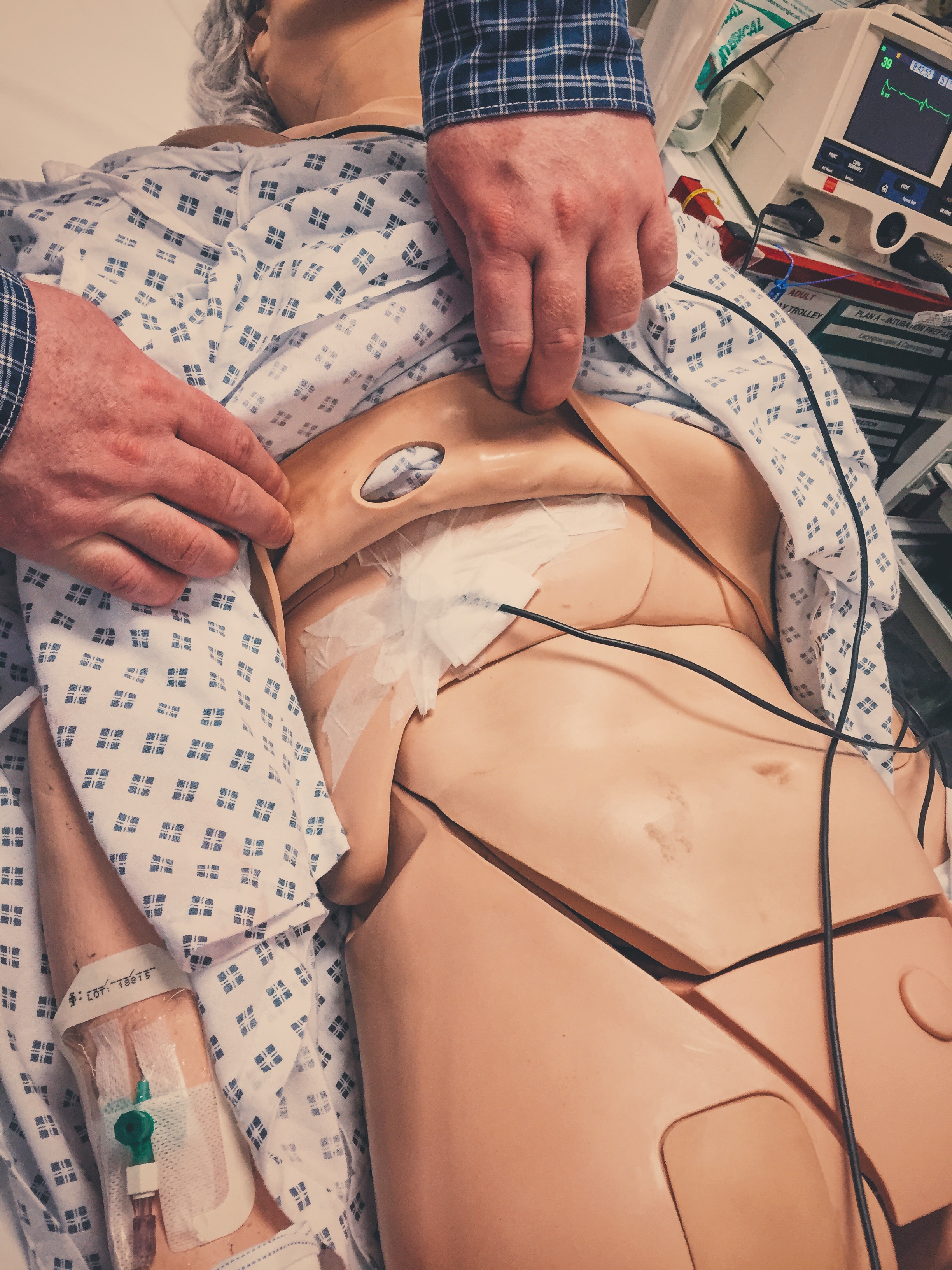#SimBlog: Overdose in the Older Person
““80-year-old female. Found unwell by relatives and slightly drowsy. Hx of having taken OD. Feeling low since husband died 6 months earlier.””
Observations
A – Clear
B – Billet air ent, RR 24
C – HR 40, BP: 89/45
D – GCS 12
Clinical Features
Worsening brady
Increasingly drowsy
Why We Simulated?
Overdoses are a common presentation to the Emergency Department and whilst we may often consider the 'typical' patient presenting in this way to be younger females we should not overlook the possibility in older patients.
Data from the Samaritans and ONS
Data from the Samaritans and the Office of National Statistics show that whilst rates of suicide fall as you approach 65 there is a second peak at 85 and older (especially among men). It should be noted that these figures are for suicides resulting in death, not unsuccessful attempts, nor do they differentiate methods. However the bi-modal peaks are a phenomenon worth knowing about.
This study of patients admitted to hospital with an overdose found that 4.5% were over 60 years old:
"Older patients were also more likely to ingest cardiovascular drugs, including beta-blockers, calcium channel blockers, diuretics, nitrates, statins and antihyperglycaemic agents".
They also found that the duration of hospital stay was longer in older patients, and this group had a higher mortality rate.
Further Reading:
- LITFL: Calcium Channel Blocker Toxicity
- First 10 EM: Calcium Channel Blocker OD
- #EM3: Beta Blocker OD (#SimBlog)
Learning Outcomes
Remember TOXBASE® information for all medicines taken, to check all treatment options are covered.
Bradycardia from combined overdose of calcium channel blockers and B blockers can be difficult to treat and may require several different treatments.
Awareness of team members on how pacing defibrillator works.
Positive Feedback
Team well organised and led.
Serious overdose recognised early and treatments started.
Appropriate speciality support contacted.




